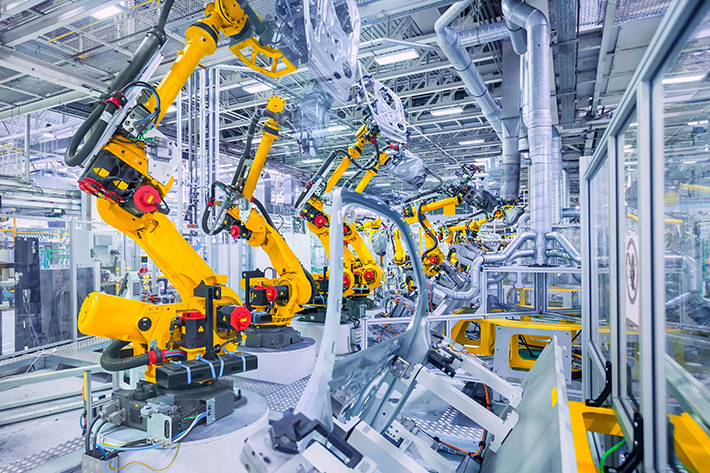Hydraulic motion, put simply, is the way hydraulics work and the motion they impart to function in a particular way using Motion control technology to perform tasks such as the movement of heavy material or industrial production applications. Let’s look at how hydraulic equipment uses motion control to perform tasks, as well as the advantages of using this system over other methods.
Motion Control
Motion control is the simultaneous control of velocity, position, and acceleration, and using these factors in combination with hydraulics to perform a specific task. The critical concept of these being that they are used while being fully controlled.
Providing constant pressure to a control valve ensures that the tasks desired and overall function of the hydraulics is best suited to the task that has to be performed.
Using this method and controlling the fluid pressures of a hydraulic system allows the user to have total guided control of the machine through its entire production process, or heavy equipment to perform the task needed in succession.
Hydraulic motion used in tandem with motion controllers to tell the machine when to actuate a given step in the overall production task also drastically reduces the chances for mistakes when producing a product. This is due to the controller actuating to the same fluid pressure into a given hydraulic part at a given force accurately through repeated cycles.
Motion Control and Fluid Power
The hydraulic motion control technology is separate from the fluid power technology also featured in hydraulic equipment and machines but is related and used together. Likewise, hydraulic systems can and are frequently hybridized with electrical control to perform tasks with the goal of maintaining high levels of productivity, product uniformity, reliability while reducing manufacturing costs.
When hydraulic motion is paired with motion controllers, it ensures synchronous motion with the help of servos or proportional valves while using pressure sensors and signals to keep all hydraulic motions at specific levels of pressure and within certain ranges of hydraulic motion.
Advantages of Hydraulic Control over Electric Motion
The other type of control commonly used for tasks similar to hydraulic control is electrical control, using electric motors and other types of electrical machines to do the same as hydraulic.
Hydraulic motion control systems can do everything the electrical systems can and have some large advantages over electrical control.
Hydraulic actuators can lift and hold heavy objects without the need for a braking system which would be necessary when using electrical equipment. Hydraulic motion can also do this while moving at very slow speeds, need less space to accomplish the task, produce less heat, and can apply torque at different levels without the need for gearing, unlike electric actuators.
When comparing this to electrical actuators, the electric machine must be designed and sized to handle the maximum load, while pumps are designed for an average load.
Conclusion
Hydraulic motion is the method used in hydraulic systems to create the desired amount of movement and force to complete a task. When combined with motion control systems or hybrid systems that incorporate electrical control and motors, they can perform complicated tasks efficiently and run an entire production process with high levels of accuracy.
Questions on hydraulic systems? Servo Kinetics can help! We provide full-service industrial hydraulic repair, inspection and rebuild capabilities. In business for over 45 years, we work with industries that have very exacting standards including some of the most tech savvy companies in the world.
Our hydraulic repair services include hydraulic pump repair, hydraulic motor repair, Vickers classic factory rebuilds , flight simulator repair, reverse engineering services and more. Our commitment to consistent high-quality work and expertise has made us a trusted industry leader. Call us to learn more about our services!

